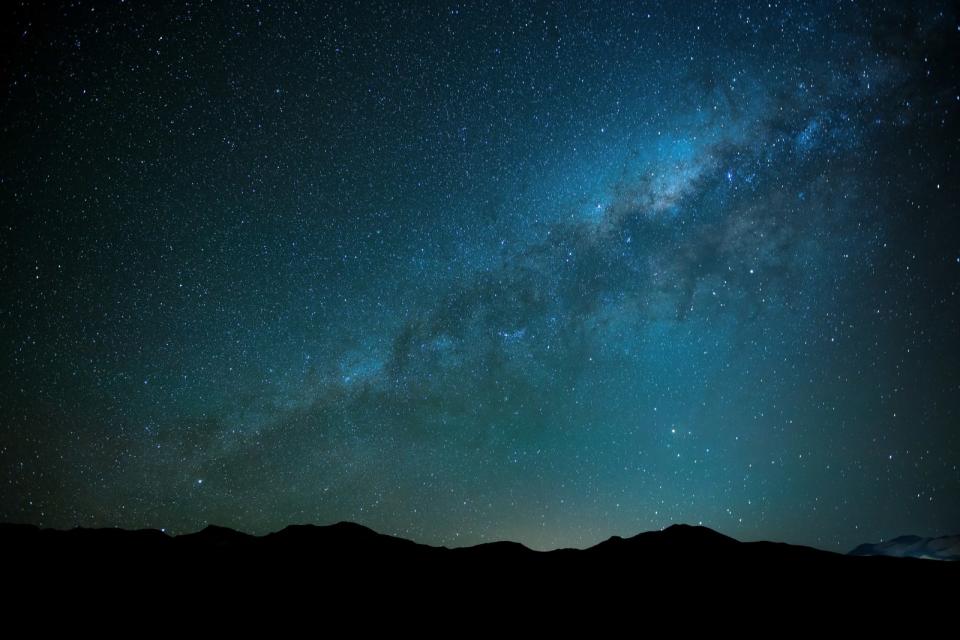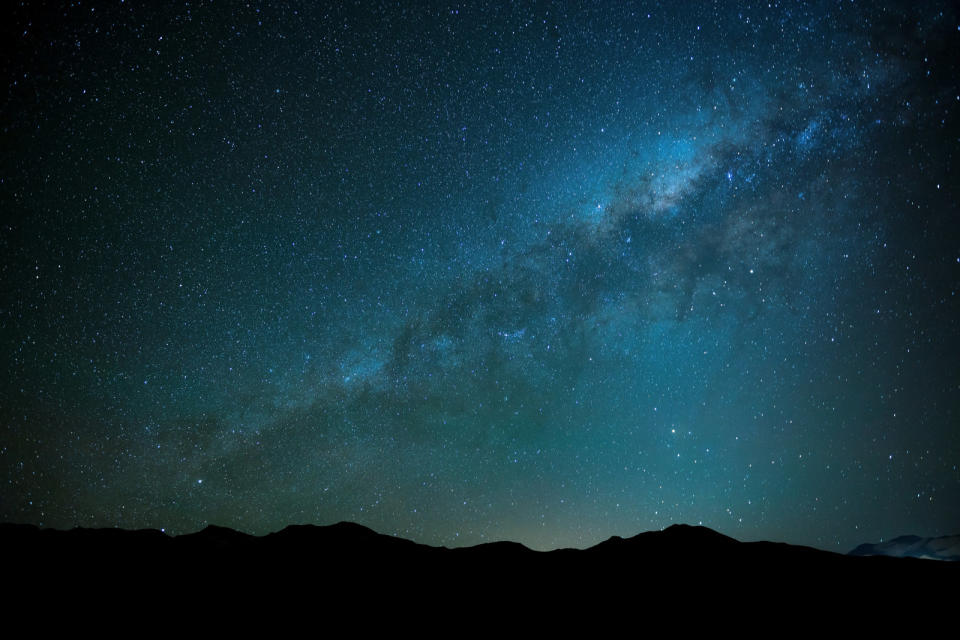Astronomers detect more mystery radio bursts from beyond the Milky Way
The repeated activity could help determine their origins.
Sure enough, astronomers have discovered even more of those mysterious fast radio bursts from outside the Milky Way galaxy. Scientists using the Canadian Hydrogen Intensity Mapping Experiment (CHIME) telescope have detected 13 different radio bursts, including six repeat bursts from the same location in a galaxy 1.5 billion light years away. Each of those bursts represents about 25 million times more energy than the Sun, and they were collected at the lowest frequencies yet (400MHz to 800MHz).
The achievement is no mean feat given the state of the telescope. The scientists recorded the bursts during a three-week period between July and August of 2018 while CHIME was still in a "pre-commissioning phase." The project wasn't yet living up to its full potential, suggesting that there are plenty more bursts to be discovered.
It's still not certain what creates these bursts. They could be the result of magnetars, or rapidly spinning neutron stars that have been strongly magnetized. Whatever the origin, their detection could provide valuable insights. Until now, there had only been one repeating fast radio burst -- this provides valuable data. The University of Toronto's Cherry Ng also told CNET that evidence of "scattering" (the effect of electrons and magnetic fields on the bursts' long journey) could help pinpoint their origins.
There's one near-certainty: these bursts are likely to be much more common. If observers could find 13 such bursts this early into CHIME's lifespan, there's a real possibility that it will find others. Fast radio bursts might actually be common -- it's just that we're only just noticing them.


